IAS in the Caribbean
- Home
- IAS in the Caribbean
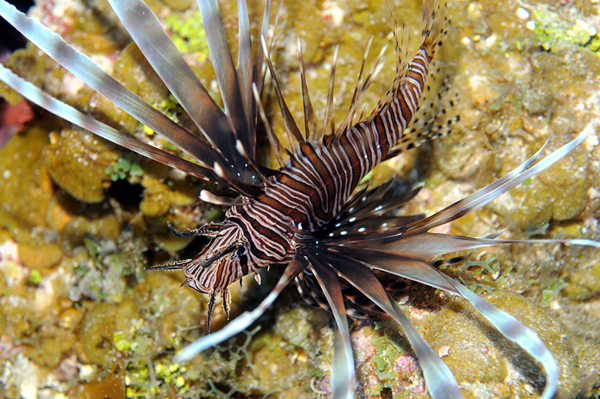
The lionfish (Pterois volitans) are coral reef fishes from the tropical waters of the South Pacific and Indian Oceans. Now found in the western Atlantic Ocean, the most probable explanation […]
Read More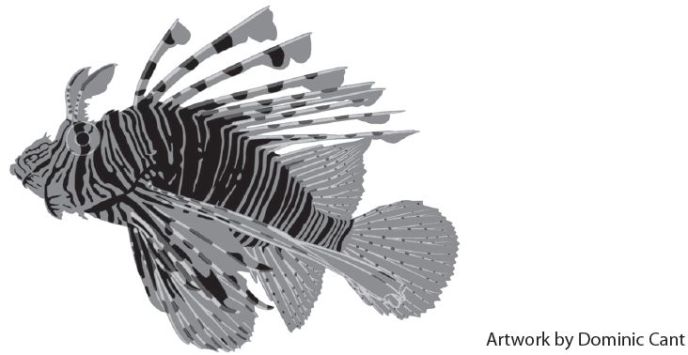
The lionfish is a native of the Indo-Pacific region and the Red Sea and is popular in aquariums. The most accepted theory of their introduction into the Atlantic is from intentional and unintentional release from Aquariums and hobbyists in Florida and North Carolina. Released fish reproduced rapidly, spreading south to Florida then to The Bahamas.
Read More
Red palm mite, Raoiella indica Hirst (acari: Tenuipalpidae) is a pest of coconut, areca palm and date palm in the Eastern Hemisphere – Egypt, India, Iran, Israel, Mauritius, Pakistan, Sri […]
Read More
Spathodea campanulata P. Beauv known as Nandi flame, Nile flame or tulip tree originated from parts of Africa. It was introduced for the purpose of bee foraging, medicine, carving, and […]
Read More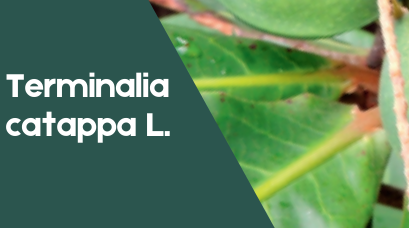
Terminalia catappa L. known as Indian almond, bastard almond, Malabar almond, Malay almond, and sea almond originated from Australia, India, and parts of Asia. It was introduced as an edible […]
Read More
The Invasive Green Iguana (Iguana iguana) is Threatening the Endangered Lesser Antillean Iguana (Iguana delicatissima): Brief Report of the Situation in the French West Indies The Lesser Antillean Iguana (LAI) […]
Read More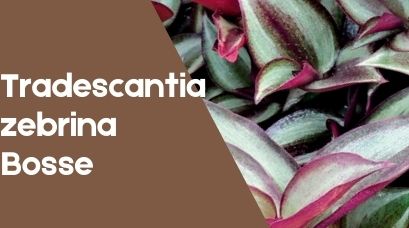
Tradescantia zebrina Bosse known as inch plant, wandering Jew and striped wandering Jew originated from Mexico. It was introduced as an ornament. This plant has been known to invade forest […]
Read More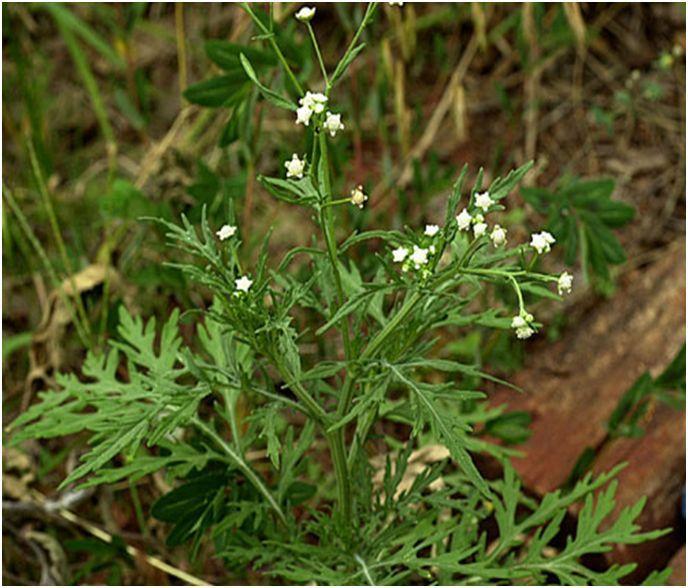
This highly invasive weed is native to North and South America. It is widespread throughout the tropics causing serious economic impact to crop production. It also has reportedly caused loss […]
Read More